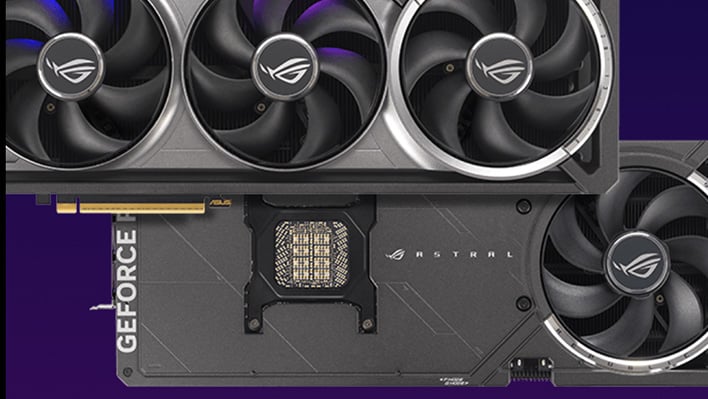
ASUS Keeps Raising GeForce RTX 5090 Prices, Radeon RX 9070 Above MSRP Too
- 17.03.2025 09:58
- hothardware.com
- Keywords: High GPU Prices, Market Shortages
ASUS has significantly increased prices for its GeForce RTX 5090 and Radeon RX 9070 graphics cards, marking up to $280 above MSRP. This trend reflects broader GPU price hikes, leaving consumers facing higher costs and limited availability, prompting some to consider alternative gaming options like consoles.